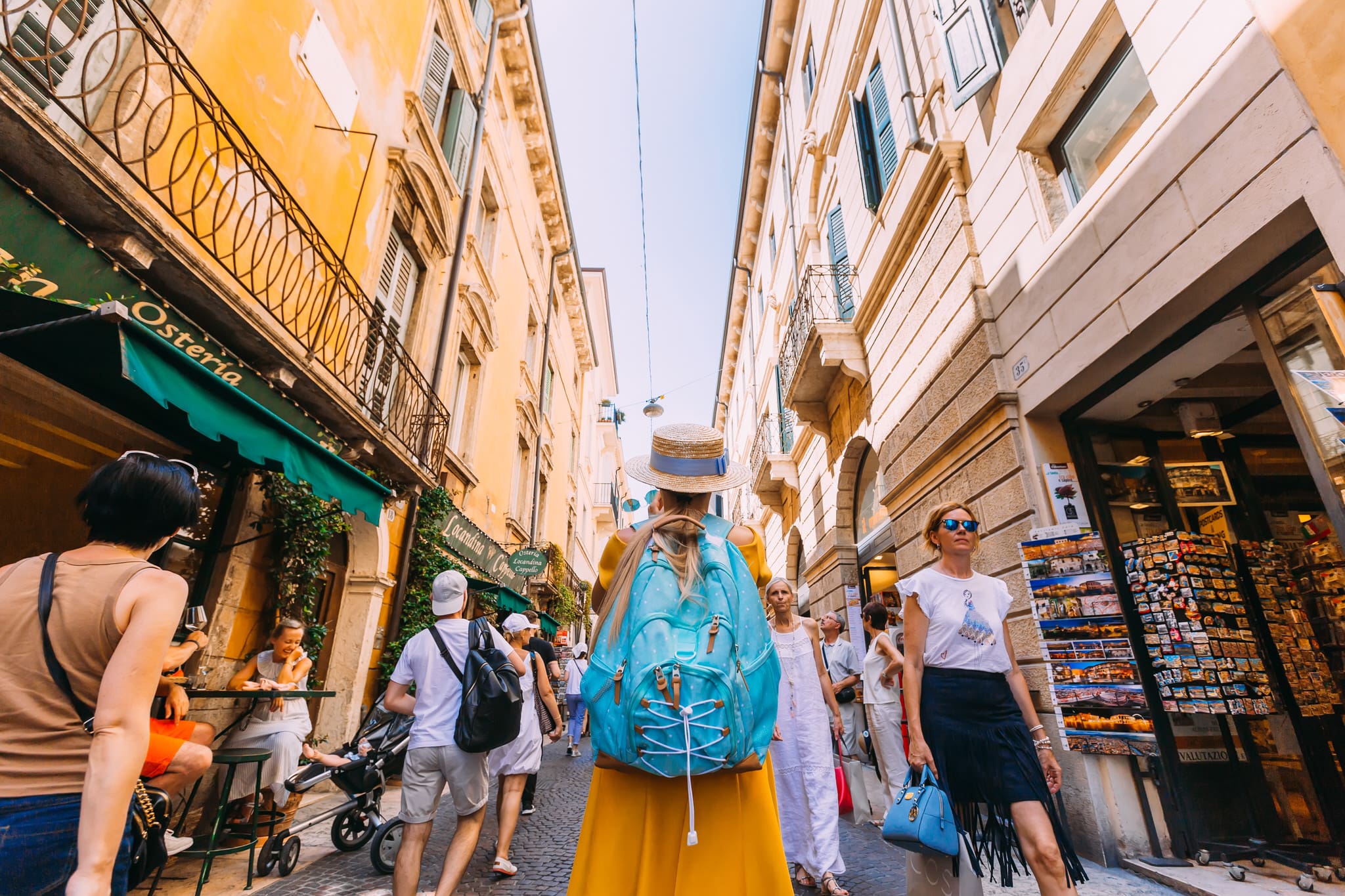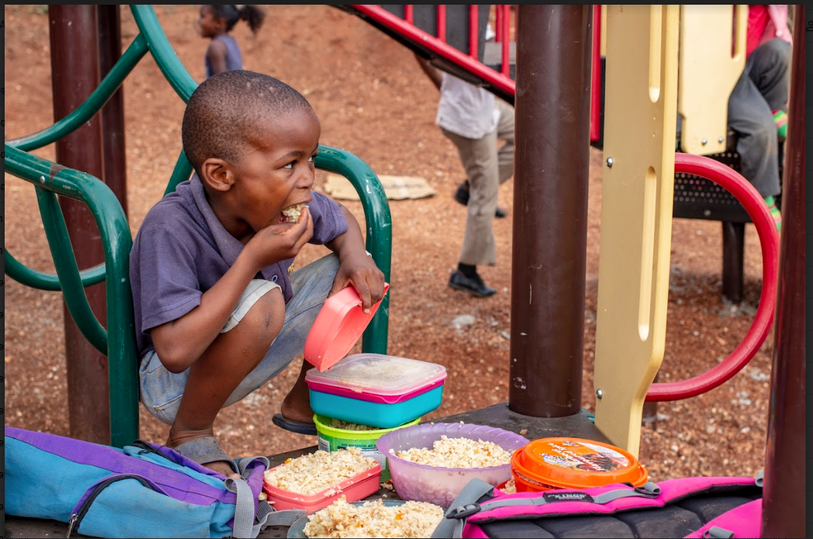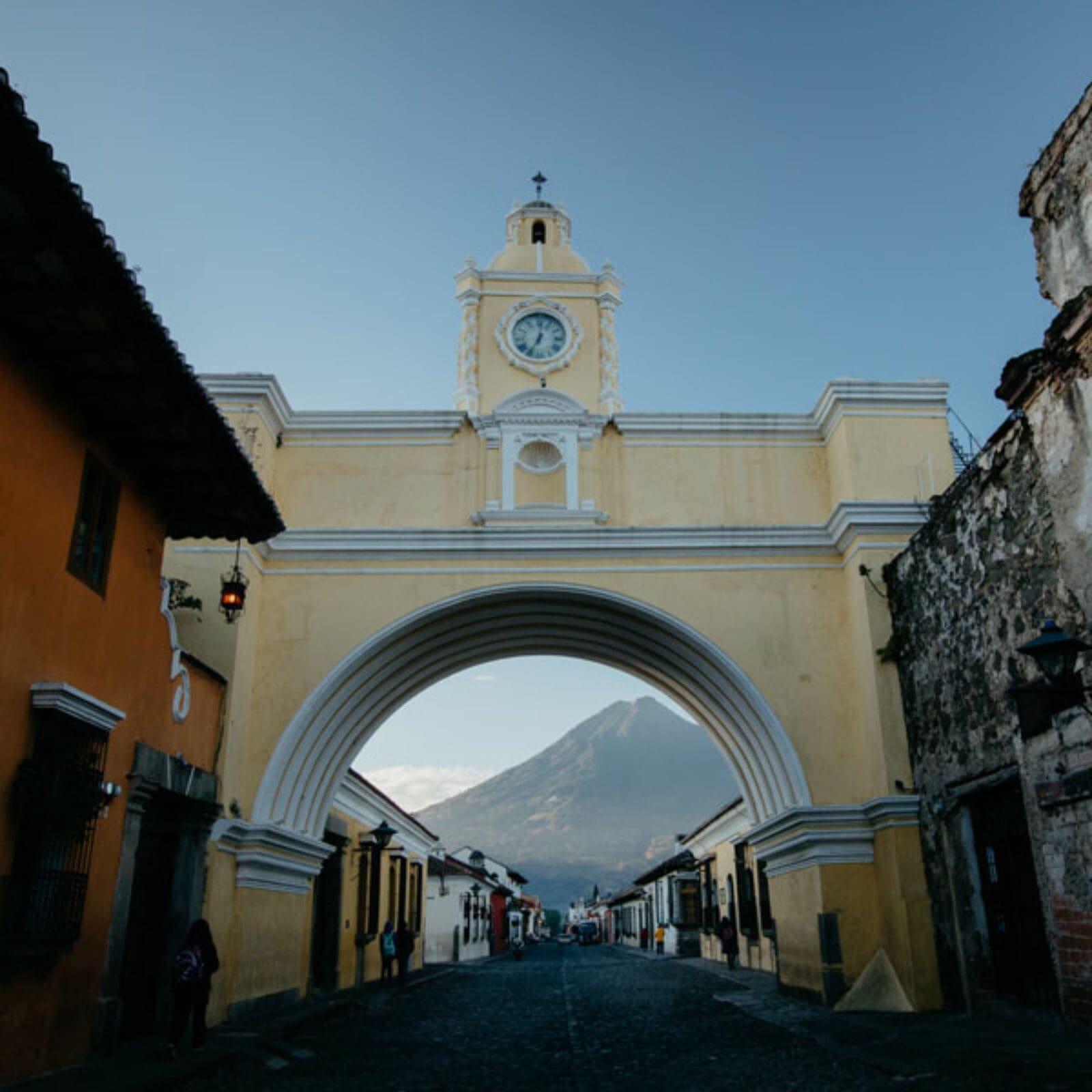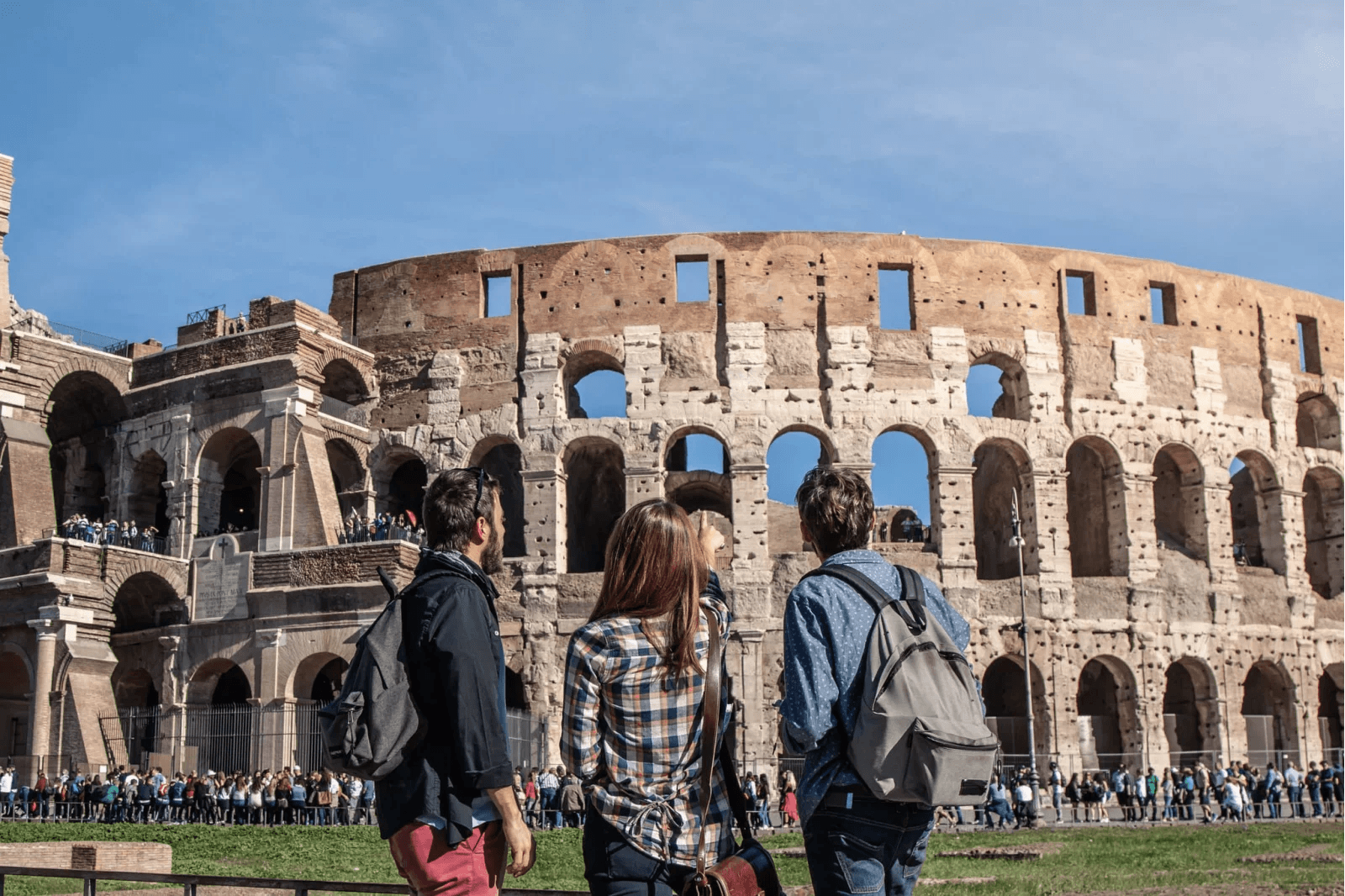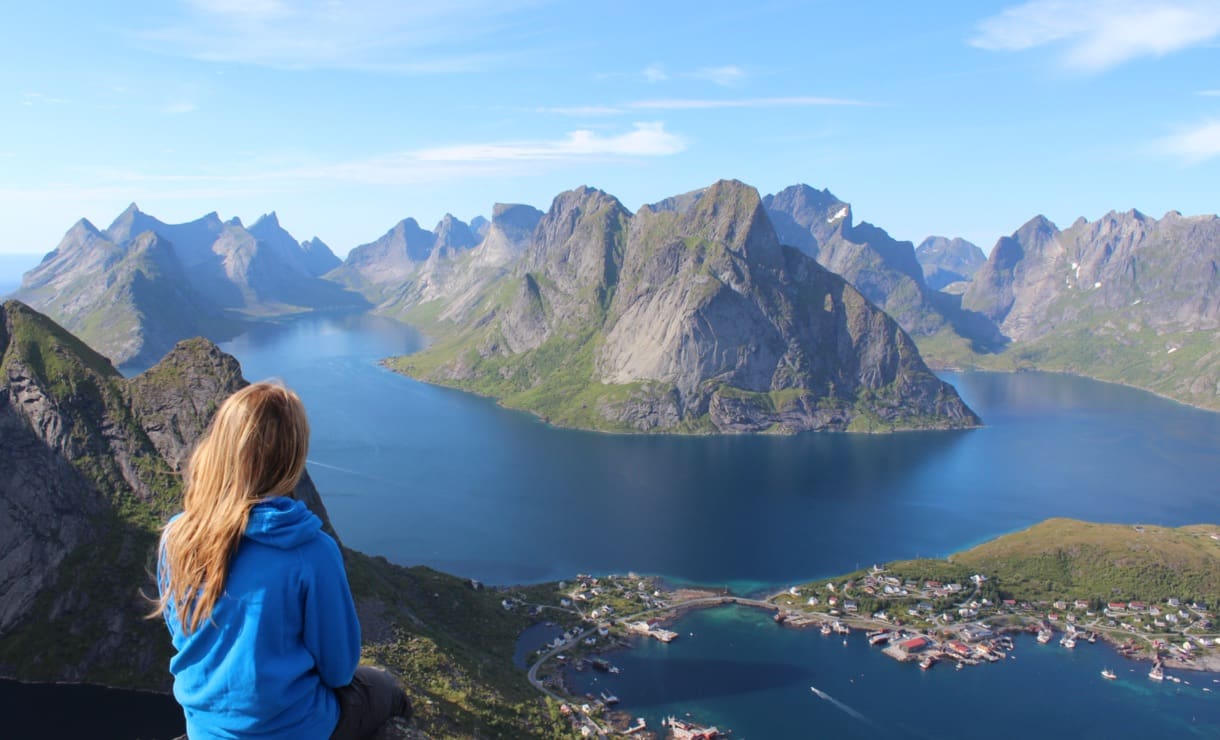The World seems so big when you sit on a couch at home and watch the news. Places seem so far away; the people seem so different. Many of us never get the chance to go and visit the faraway places and the various cultures and people that we see in our social studies books and on the Discovery channel. Over the past 5 years I’ve been blessed to travel the world. There are things I’ve seen and done that I never dreamed would be possible when I grew up in Bluefield, West Virginia. Seeing the Taj Mahal, the Great Pyramids, the Parthenon, ancient Mayan ruins, and the snowcapped peaks of the Himalayas are just some of the things I’ll never forget. Aside from natural and historical wonders, I’ve seen the reality of life for millions of people all around the globe with which I can’t fully relate. I had a little Indian beggar girl grab my plastic water bottle, tears streaming down her face, desperate screams escaping her mouth, as I drove away in a motorized rickshaw. I’ve held malnourished babies with bloated bellies. I feel to my knees on a dock in Croatia when a 9-year-old girl I had come to love went back to her abusive home where love was never expressed. And still, after all my travels and experiences, I don’t have words to express what I saw the other day.

After leaving the Dominican Republic and Haiti, our squad traveled halfway around the world to Southeast Asia and the Kingdom of Cambodia. As part of our cultural training and in attempt to understand the people in this country, we toured the Tuol Sleng Genocide Museum and The Killing Fields. It’s one thing to read the horrific stories in a memoir. It’s one thing to watch an hour long special  detailing the history of Cambodia from 1975-1979. It’s a whole other experience to walk into a room with one metal bed-frame, faded stains on the tiles, and a gruesome picture of the last body left in the room where yo
detailing the history of Cambodia from 1975-1979. It’s a whole other experience to walk into a room with one metal bed-frame, faded stains on the tiles, and a gruesome picture of the last body left in the room where yo u are now standing.
u are now standing.
I love walking through History, but I found myself taking slow, careful steps through the Killing Fields. I had just walked past a tower of skulls, the memorial to all the victims of the bloody history. I saw pieces of clothing and bone on the path as I walked from one mass grave to the next. Most museums and memorial sites have a polished feel. I remember walking around the Vietnam Veterans Memorial in Washington D.C. and thinking, “Wow, what a costly sacrifice.” My heart hurt. I saw the names of the people on the memorial and I felt a pain deep inside. But the name’s are glossed over and polished into the nice marble stones. Here in Cambodia, at both the Tuol Sleng Genocide Museum and the Killing Fields, nothing is polished.
 It’s raw. It’s real. It’s so fresh.
It’s raw. It’s real. It’s so fresh.

The rusty barbed wire still blocks the view from the third floor of the school. What kind of horric things happened in the used-to-be classroom that ca used everyday doctors, policemen, and lawyers, to jump from the 3rd story and provoked the guards to put up barbed wire to keep them from committing suicide? The signs say, “Mass Grave of 166 Victims Without Heads,” and the harshness of the splintered wood, and hand-painted letters leave me speechless and empty. The fact that I could bend over, pick up a little girl’s red, pleated skirt, and know that her body was beaten against the tree I’m leaning on, and then thrown into the pit in front of me gives me cold chills in the extreme humidity and heat.
used everyday doctors, policemen, and lawyers, to jump from the 3rd story and provoked the guards to put up barbed wire to keep them from committing suicide? The signs say, “Mass Grave of 166 Victims Without Heads,” and the harshness of the splintered wood, and hand-painted letters leave me speechless and empty. The fact that I could bend over, pick up a little girl’s red, pleated skirt, and know that her body was beaten against the tree I’m leaning on, and then thrown into the pit in front of me gives me cold chills in the extreme humidity and heat. 
Though it’s becoming common for me to go around the world and see places of wonder and historical significance, this place is different. I leave the museum and the fields with a new reality of what we as humans are capable of doing to one another. It’s not every day I come face to face with the depravity of humanity.



